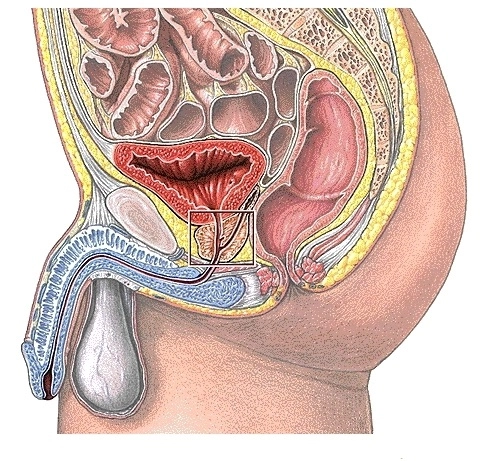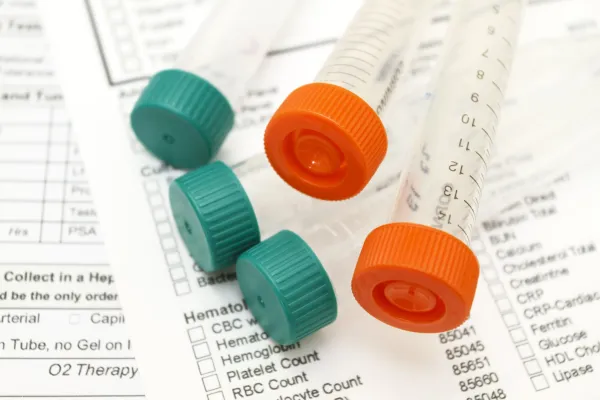See How Conversion Factor Decrease Could Affect Your Lab in 2023
You still have time to comment. Between never-ending COVID cases and rising inflation, stakeholders had hoped the feds would at least maintain the status quo for 2023 Medicare payments to facilitate stated quality and access goals. “At CMS, we are constantly striving to expand access to high quality, comprehensive health care for people served by the Medicare program,” according to Centers for Medicare & Medicaid Services (CMS) Administrator Chiquita Brooks- LaSure in a statement accompanying the July 7 release of the calendar year (CY) 2023 Medicare Physician Fee Schedule (MPFS) proposed rule. Reality: Medicare providers might need to tighten their belts next year, because the proposed rule includes an overall 4.42 percent decrease in the conversion factor (CF). Industry leaders are already bemoaning the suggested cuts and calling for congressional input. See Stakeholder Reaction With the CF decrease expected to hit physicians hard in 2023, the American Medical Association (AMA) is already advocating for legislators to get involved. “It is immediately apparent that the rule not only fails to account for inflation in practice costs and COVID-related challenges to practice sustainability, but also includes a significant and damaging across-the-board reduction in payment rates,” cautions AMA President Jack Resnek Jr., MD, in a release on the proposed rule. “Such a move would create long-term financial instability in the Medicare physician payment system and threaten patient access to Medicare-participating physicians. We will be working with Congress to prevent this harmful outcome.” Follow the Trail to CF Decrease To fully understand what’s going on, you have to look at last year’s changes, which were a byproduct of COVID and congressional input. First: As part of the CY 2022 final rule, CMS reduced the CF roughly from $34.89 to $33.59 as a result of the combination of the mandated annual budget neutrality requirements, which included a $1.30 decrease to the CF, and the expiration of the Consolidated Appropriations Act, 2021 3.75 percent increase. Next: Then last December, Congress pushed through and President Biden signed the Protecting Medicare and American Farmers from Sequester Cuts Act into law. The legislation offered Medicare providers a break with a 3 percent increase to the 2022 CF since many were reeling from COVID fallout. Now: CMS proposes to cut the CF by about $1.53 for CY 2023, reducing the rate roughly from $34.61 to $33.08, the MPFS proposed rule suggests. “This conversion factor accounts for the statutorily required update to the conversion factor for CY 2023 of 0 percent, the expiration of the 3 percent increase in PFS payments for CY 2022 as required by the Protecting Medicare and American Farmers From Sequester Cuts Act, and the statutorily required budget neutrality adjustment to account for changes in Relative Value Units,” CMS explains in a fact sheet on the proposals. Remember How the CF Impacts Medicare Pay CMS utilizes a resource-based relative value scale (RBRVS) to determine how much practitioners are to be paid for the services they provide. In that capacity, the MPFS establishes different values for codes depending on the setting/site (facility or nonfacility) in which the provider performs the service or procedure. For some services, the total relative value units (RVUs) for a given procedure are the same in a facility or a nonfacility setting. In other situations, however, the two totals may differ. How it works: The facility and nonfacility total RVUs are the sum of three component RVUs: Physician work RVUs and malpractice expense RVUs are the same, regardless of the setting (facility or nonfacility). Practice expense RVUs may vary by site of service, which accounts for the difference in facility and nonfacility RVU totals for a given code. Medicare fees also vary geographically; thus, each component RVU is multiplied by its own geographic practice cost index (GPCI) for the payment locality in which the service is rendered before the components are summed and multiplied by the dollar conversion factor that translates RVUs into fees. Note Lab and Pathology Impact According to CMS’ estimated impact on total allowed charges, the proposed rule indicates that independent laboratories and pathology practices could each expect a 1 percent overall reduction in payments in 2023. Reporting relief: The proposed rule also states that CMS will change Clinical Laboratory Fee Schedule (CLFS) data reporting requirements in accordance with the Protecting Medicare and American Farmers from Sequester Cuts Act (S. 610). Certain clinical laboratories must periodically submit private payer rates for certain kinds of lab tests. For Clinical Diagnostic Laboratory Tests (CDLTs) that are not Advanced Diagnostic Laboratory Tests (ADLTs), the law delayed the next data reporting period by one year. Instead of taking place from Jan. 1, 2022, through March 31, 2022, data reporting will now take place from Jan. 1, 2023, through March 31, 2023, based on the original data collection period of Jan. 1, 2019, through June 30, 2019. Data reporting for these tests then resumes on a three-year cycle (2026, 2029, etc.). Additionally, the statutory phase-in reduction provisions indicate for CYs 2023 through 2025, payment may not be reduced by more than 15 percent as compared to the amount established for the preceding year. Resource: To view the proposed rule, go to www.govinfo.gov/content/pkg/FR-2022-07-29/pdf/2022-14562.pdf. Comments: To offer CMS your two cents on the rule and the CF proposals, submit your comments by Sept. 6 at www.regulations.gov/document/CMS-2022-0113-0001.





